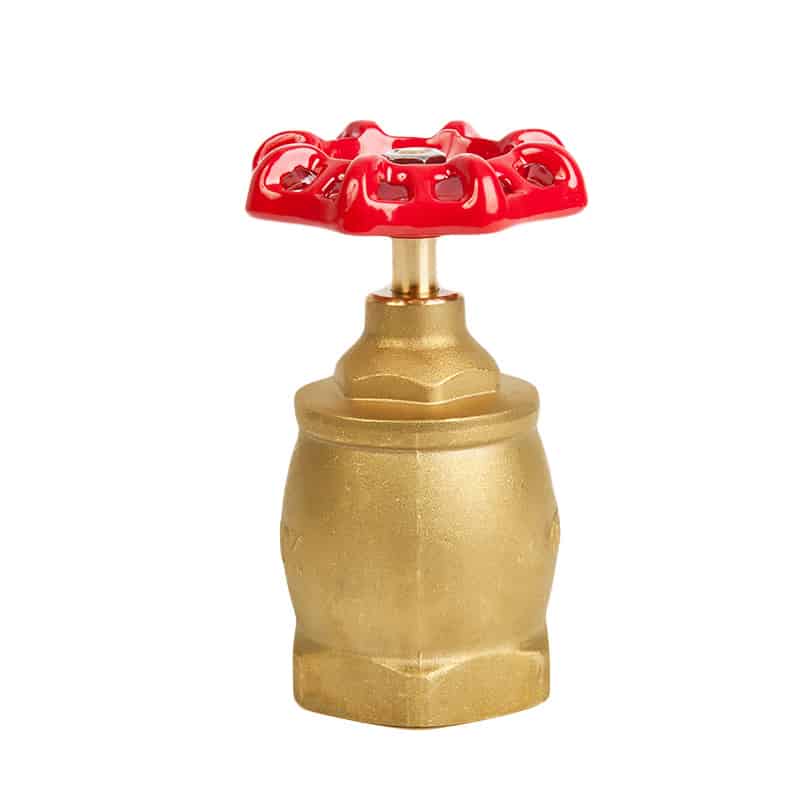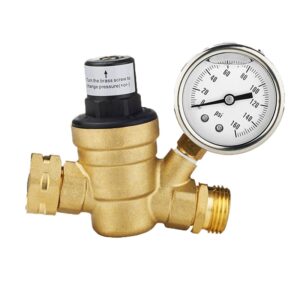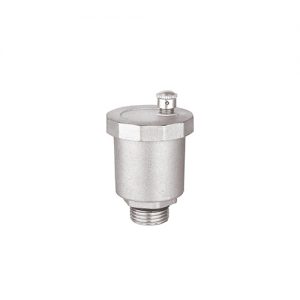Description
Brass Hydrant Fire Valve
JX-0955
DN65 for FxM and FXF thread type
DN40 for Pex fitting connection
Valve standard; EU Standard
Action object; Fire truck and fire fighting equipment used
Applicable media; Water
Dimension;Miniature
Structure form; Lifting rod type
Pressure environment; High pressure
Driving method; Manual
Flow direction; Unidirectional
Valve function; Stop
Mode of action; Single Acting
Type (channel position); Right angle type
Eccentricity requirement; No eccentricity
Functional role; Fast type
Lining material; Copper alloy
A brass hydrant fire valve is an important component in fire protection systems. It is typically used in buildings, industrial facilities, and other structures to provide water for firefighting purposes. Here are some key details about brass hydrant fire valves, including their applications, how they work, how to install them, their advantages, and some tips for using them effectively.
Applications: Brass hydrant fire valves are typically used in fire protection systems and are designed to provide a water source for firefighting purposes. They can be used in various settings, including commercial and industrial buildings, public spaces, and outdoor locations.
How They Work: A brass hydrant fire valve typically consists of a valve body made of brass, as well as a stem, handle, and other components. When the valve is closed, water is prevented from flowing through the system. However, water is allowed to flow through the valve and out of the hydrant when the valve is opened. Firefighters can then use this water to extinguish fires or control the spread of flames.
Installation: Brass hydrant fire valves are typically installed as part of a larger fire protection system. The valve is typically installed at a designated location near a building entrance or in an outdoor location and is connected to a water supply. The valve may also be connected to a fire hose or other equipment.
Advantages: Brass hydrant fire valves offer some advantages for fire protection systems. Some of the key benefits of using these valves include the following:
- Durability: Brass hydrant fire valves are designed to withstand harsh conditions and maintain their functionality over time.
- Reliability: When properly installed and maintained, brass hydrant fire valves can provide a reliable source of water for firefighting purposes.
- Ease of Use: Firefighters can quickly and easily open and close the valve as needed, allowing them to access water and control fires more effectively.
Tips: To use a brass hydrant fire valve effectively, it’s important to keep the following tips in mind:
- Perform regular maintenance: To ensure that the valve remains in good working order, it’s important to perform regular maintenance and inspections.
- Train personnel: Firefighters and other personnel should be trained to use the valve and other fire protection equipment as needed.
- Test the valve regularly: Regular testing can help ensure that the valve is working properly and can provide water when needed.
- Follow safety guidelines: When using the valve or other fire protection equipment, it’s important to follow all safety guidelines and best practices to minimize the risk of injury or damage.
- Consider the location: When selecting a location for the valve, it’s important to choose a location that is easily accessible and provides a clear path to the water source.
- Check local regulations: Depending on where the valve will be used, local regulations or codes dictate how it should be installed and maintained. Be sure to research these requirements before installing the valve.
Overall, brass hydrant fire valves are an important component in fire protection systems and can help provide a reliable source of water for firefighting purposes. By following these tips and best practices, you can ensure that your valve remains in good working order and can provide water when needed.












